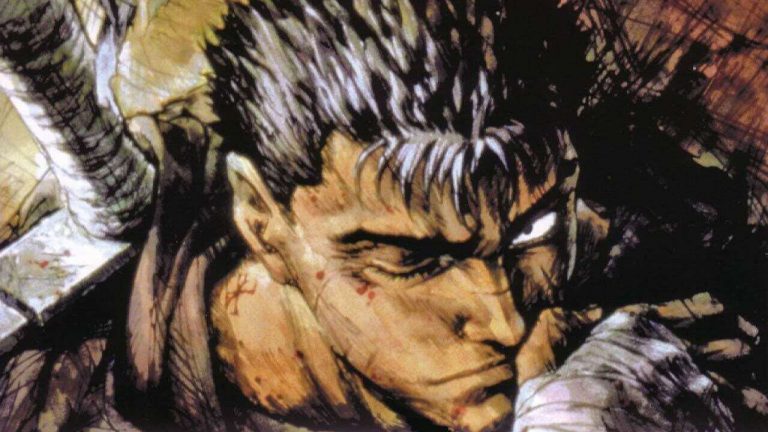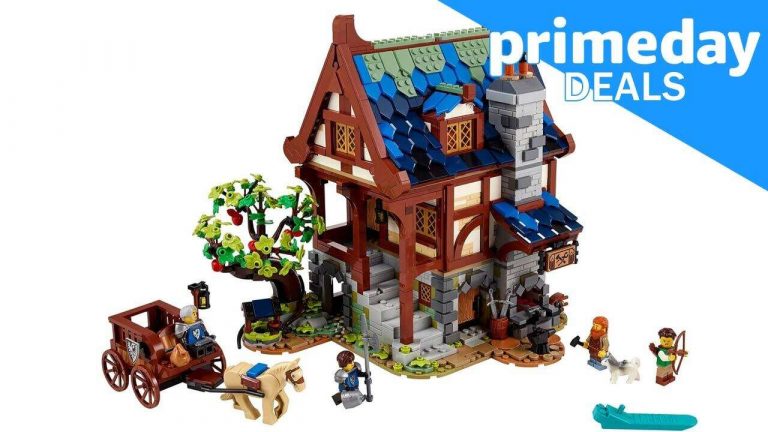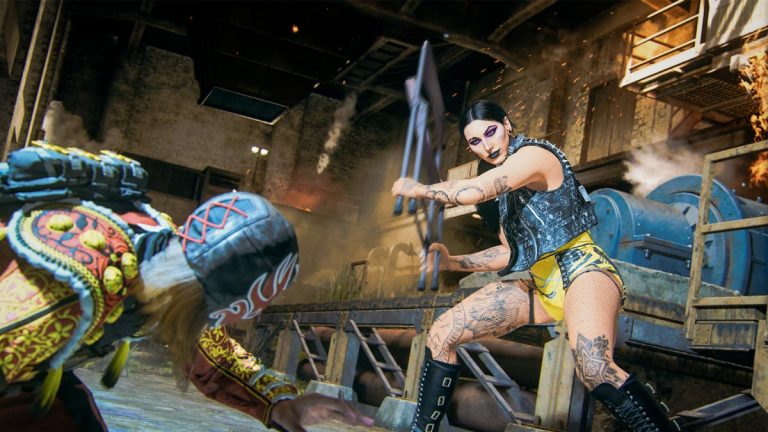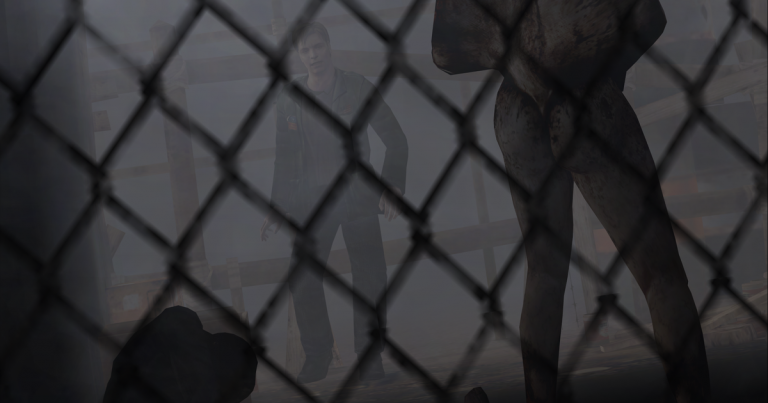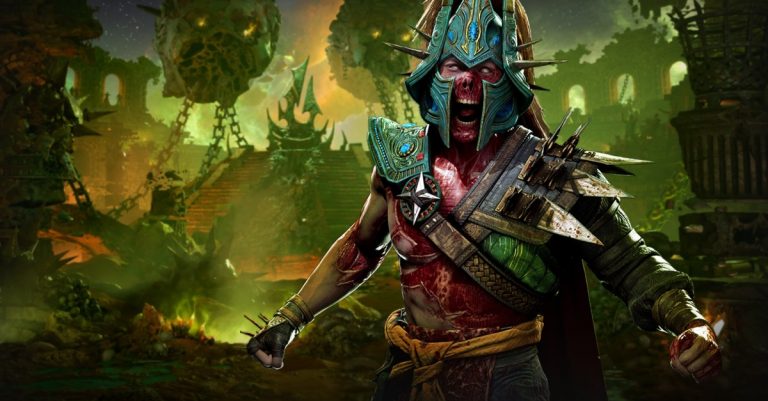Capcom’s Kunitsu-Gami combines tower defense strategy with the heart of community organizing
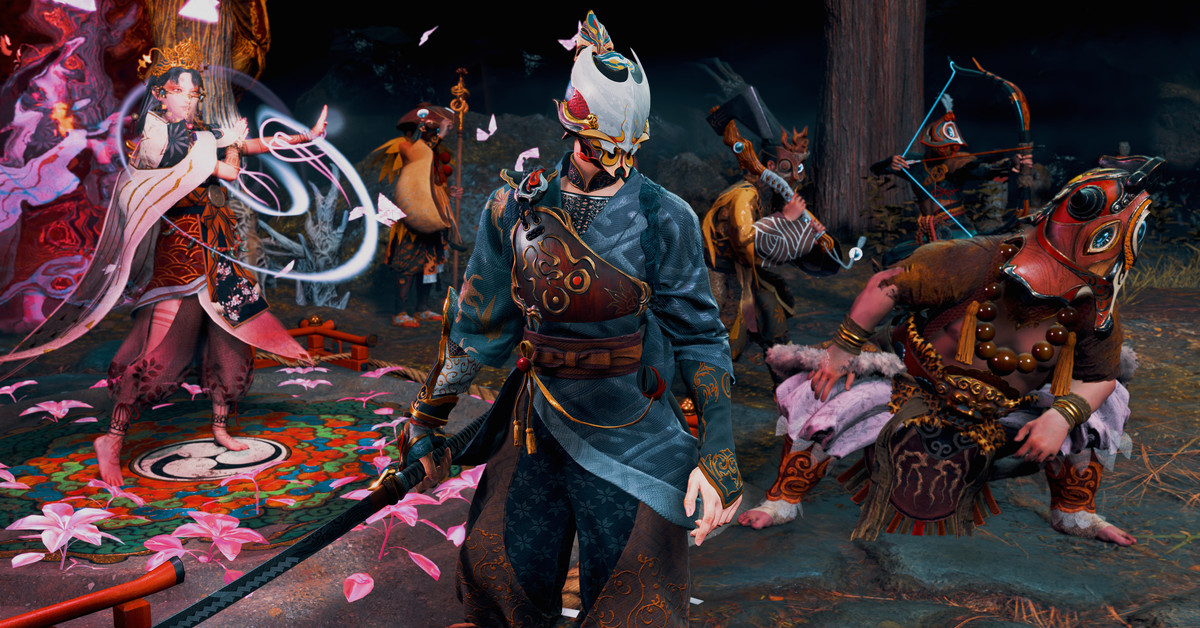
When Kunitsu-Gami: Path of the Goddess debuted during Capcom’s digital summer showcase last year, I didn’t pay much attention. It looked like a high-concept action RPG based in Japanese mythology that took some of its artistic cues from another one of Capcom’s highly stylized games, Okami. And while I have nothing but love for action RPGs and Japanese folklore, nothing in that initial trailer, nor the ones that followed, showed me enough of what the game was about to be interesting.
It was only after trying the game’s demo at this year’s Summer Game Fest, and later getting my hands on a copy, that I finally got it. And damn is this game worth getting into.
In Kunitsu-Gami: Path of the Goddess, you play as Soh, the guardian of the priestess Yoshiro who you must protect and guide through the land helping her purge it of evil demons. In an email to The Verge, art and game director Shuichi Kawata wrote that it wasn’t intentional that the marketing surrounding Kunitsu-Gami made it unclear what kind of game it was.
“This title is a mix of several genres,” Kawata wrote. “And we imagined the possibility that there would be a range of impressions people would have.”
I defy you to guess what kind of game this is based on this launch trailer.
Kawata described Kunitsu-Gami as a “maiden” defense game. Gameplay is divided into three parts: day, night, and a base-building cycle. During the day, Soh goes about mountain villages blighted by demonic corruption. He cleanses the corruption and rescues villagers who will help him in the night cycle to come. At night, demons attack, hoping to make their way to Yoshiro to kill her. To stop them, Soh assigns villagers different jobs, each with their own abilities, strengths, and weaknesses, and positions them throughout the village to prevent the demons from reaching Yoshiro. Once Yoshiro gets to the end of a village, it is permanently cleansed, making it a new base Soh and the villagers must repair before moving on to the next location.
I love how Kunitsu-Gami cleverly iterates on tower defense games. You assign roles to villagers with crystals, a resource gained through defeating demons at night and cleansing a village in the day. Not every villager can perform every role, and some roles aren’t combat viable, though they have other benefits. During a day cycle, I might assign a couple of my people to the thief role, sending them out to dig up more crystals or rations that act as health potions for Soh and the villagers. But thieves are useless at night, requiring me to burn up precious time and crystals to reassign and redeploy them. Sometimes, I might not have enough crystals, having used them all to buy the expensive sumo wrestler role — who draws demons’ attention to themselves and away from Yoshiro — or the acetic who uses their power to freeze demons in their place, making them easy pickings for the archer’s bow or the woodcutter’s axe.
Kunitsu-Gami offered the kind of challenge that makes my puzzle and strategy-obsessed brain sizzle with excitement
In addition to simply completing a stage, each village battle also comes with a set of special parameters that, if met, will get you extra goodies. One parameter required that I use no more than 1,900 crystals. While that initially seemed trivial, that goal got a lot harder to meet because that stage also required that I give 1,500 crystals to Yoshiro to complete it. I was then left with only 400 crystals for my villagers — an extremely tight budget when the basic roles like the archer and the woodcutter are 50 crystals a pop, while the more powerful roles cost between 150 to 300.
1/3
I really enjoyed that tension between strategic assignment and deployment. Do I spend the crystals to get the powerful roles, leaving me with fewer defenders? Or do I risk my larger but weaker army getting overrun? Kunitsu-Gami is also special in that it never fell into the trap of being too trivial. In other tower defense games, it’s possible to set your defenses so well that you can sit back and watch the game play itself. That never happened for me. No matter if I had a glut of resources and well-placed villagers, I always had to stay on high alert, often coming to Yoshiro’s rescue with one of Soh’s ultimate attacks. At every level, Kunitsu-Gami offered the kind of challenge that makes my puzzle and strategy-obsessed brain sizzle with excitement.
While it’s not a prominent feature, there’s also an interesting bit of narrative to the game. Each villager you rescue has a name and a bio, and I enjoyed reading their stories and how they all intertwined. These people became more than nameless units to throw at a demonic horde, but members of a living, breathing community made up of married couples, family, and friends. It made for a beautiful message that reminded me of the aphorism “we all we got.”
In Kunitsu-Gami, Soh is the only one with martial training while everyone else is farmers, fishermen, and housewives. Instead of waiting for outside help or succumbing to the relentless demons, those ordinary people took up what little arms they had to defend their homes and families. In a political climate that seems determined to roll back protections for women, queer people, and people of color, it’s nice to see that message. Help isn’t coming — we are the help. It’s a sentiment supported by what Kawata shared as Kunitsu-Gami’s main theme.
“Challenge is the driving ethos for this game,” he wrote. “We face various conditions seriously and push forward without fear.”
Kunitsu-Gami: Path of the Goddess is out now on PlayStation, PC, Xbox, and Xbox Game Pass.
Source: www.theverge.com


